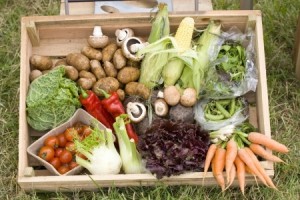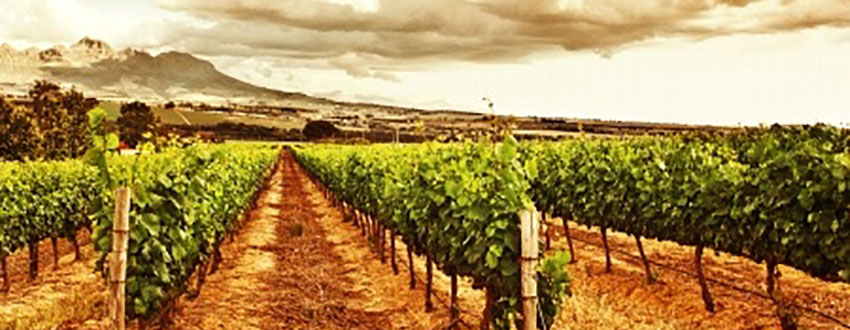Mother Nature… her blooming trees, fertile grass and genetically-modified ear of corn. How did our once plentiful land and luscious crops get to the state they are today? When did everything that was simple, healthy and abundant from the earth turn complicated, unhealthy and seemingly scarce? When did farming the land for food, like the family on Little House on the Prairie, turn into processing our food in a laboratory?
Agrobiodiversity is the evolution of what we see around us. It’s what has been created over time with natural evolution and cross-breeding; whether it occurred naturally or with the support of humans. Humans, well, may not have been so helpful in some cases when it comes to agrobiodiversity; especially, over the past decades.\
With the unveiling of chemicals, hybrids and non-native species of plants to farm land over the years, it seems much of our land has not been utilized the way Mother Nature intended. Simply growing food the good ole’ natural way, like our ancestors did, appear to not be such a simple process anymore; especially with our rapidly growing and hungry population.
How do we preserve agrobiodiversity? Some scientists call for land sparing over land sharing, in trying to preserve the earth and biodiversity. Others believe that separating farms from natural habitats will help to preserve wild species and therefore, preserve the land’s biodiversity. Conversely, some believe sharing farm land with nature will help to preserve biodiversity. With all this separating and sharing, it sounds much like a toddler’s day at preschool, right?
Attributing to agrobiodiversity and the preservation of nature, is the way the land regenerates and how our crops are harvested. It has become quite a popular topic today; as many people are searching to know the truth about what’s really in their food.
Some may argue, “Don’t worry, just eat and be merry!” However, others desire to consume their food just the way nature intended it to be: naked and naturalé. Because I’m sure everyone has thought that Roundup® Weedkiller adds such a yummy depth of flavor to tomatoes!
As populations have increased over the past decades, chemicals were added to farmlands to reap more crops and increase financial returns. Fast forward to the present, scientists are discovering just how badly those seemingly harmless chemicals are truly affecting the welfare of people, quality of food and natural state of our farmland.
 Good news! Organic farming is on the rise and farmers are responding to this need by returning to the basics—without the use of chemicals. You know, the way it used to be before things got complicated.
Good news! Organic farming is on the rise and farmers are responding to this need by returning to the basics—without the use of chemicals. You know, the way it used to be before things got complicated.
Organic farming keeps the agrobiodiversity of the land intact, by preserving the earth and keeping the soil nutrient-rich. This is done by using organic matter to feed the land; which produces crops that are healthier and more plentiful to feed the masses. What is not to love about this idea of simplicity and less fuss? Also, organic farming preserves the idea of sustainability and agrobiodiversity; which are not on the to-do lists of many big corporations who advocate for GMO’s (genetically modified food).
 Today, GMO’s seem to be on the forefront of people’s minds when it comes to food. Organizations like Monsanto believe that Franken-Crops are the sure way to solve world hunger. To poison or not to poison? That is the question! However, people are not bamboozled.
Today, GMO’s seem to be on the forefront of people’s minds when it comes to food. Organizations like Monsanto believe that Franken-Crops are the sure way to solve world hunger. To poison or not to poison? That is the question! However, people are not bamboozled.
In a recent poll, 52% of people believed GMO’s were unsafe and 93% said food containing GMO’s should be labeled; which is something companies such as Monsanto are against. With scientific research lacking on whether GMO’s will help with ending world hunger, and companies opting to be organic and provide large yields of crops without the use of chemicals and GMO’s; we think the world could achieve a higher yield of natural crops and preserve agrobiodiversity by just letting nature do what it does best, provide.

